A pediatrician weighs in on this whole foods approach to weaning
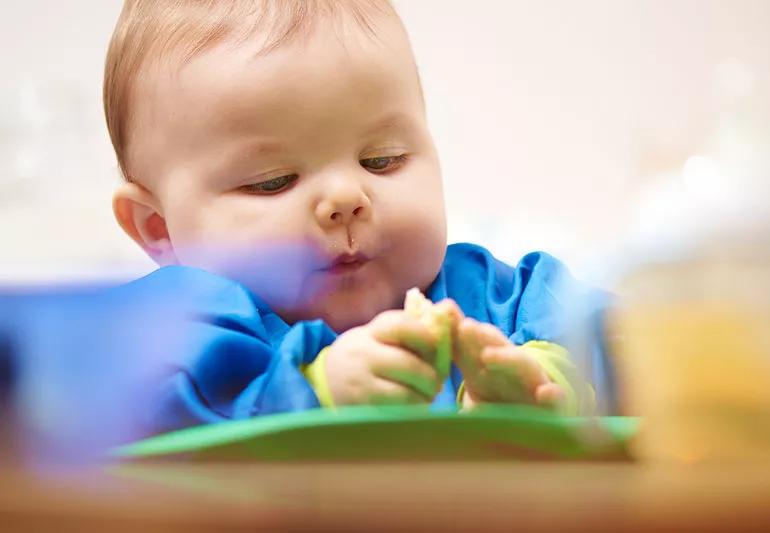
Invest in a good bib and keep a wash cloth handy, because this is going to get messy!
Cleveland Clinic is a non-profit academic medical center. Advertising on our site helps support our mission. We do not endorse non-Cleveland Clinic products or services. Policy
More new parents today are opting to skip the step of feeding their babies processed purées, and instead waiting to introduce solid foods until their babies are ready to self-feed with pieces of whole foods.
This alternate approach, called baby-led weaning, puts little ones in the driver’s seat. The idea is to present babies with soft but solid finger foods that they can pick up and feed themselves, preferably at mealtime while the rest of the family is eating, too.
Supporters of this method point out that it requires less special food preparation than making purées, because baby can eat some variation of what everyone else is having. Plus it allows baby to sit around the table and participate in meal time, since no one will need to be spoon-feeding. (Added bonus – there’s no need for airplane noises and special maneuvers to get baby to eat.)
There hasn’t yet been much formalized research around this more hands-off approach to introducing solid foods, but the thinking suggests that it may also help baby:
However, pediatrician Ei Ye Mon, MD, points out that it’s not for everyone, and there’s no real “right” way to wean. Premature babies, or those with developmental delays or trouble gaining weight, may not be well-suited for this approach. It’s always best to talk with your pediatrician for a more individualized recommendation.
Despite its potential benefits, baby-led weaning is not easy, and it still requires close supervision. Dr. Ye Mon offers these tips.
Parents should wait until a baby is at least six months old to start baby-led weaning, she suggests. Even still, not all babies will be ready at that age. A child should be able to sit up in a high chair and be able to reach out and grasp for food.
Especially when you start, a lot of the food is not going to end up in the mouth. And that’s OK. Getting a good bib or putting down a tarp or mat on the floor underneath the high chair can be helpful.
You can minimize the mess by being careful to not put too much food on the baby’s tray at once.
At this point, most of baby’s calories should still be coming from breast milk or formula. Baby-led weaning should be more about exploration than providing calories to replace nursing or bottle feeding. So don’t worry if they only suck or gnaw on foods at first. That’s how they learn.
Consider that your baby will most likely squish up whatever they pick up from their tray until they have honed their fine motor skills. So bigger pieces are actually better.
“Make sure the food you’re giving them is something they can grasp pretty easily, like larger, finger-sized pieces that they can hold and kind of gnaw on,” Dr. Ye Mon explains.
Easy-to-grab foods include steamed or roasted sweet potato or carrot sticks, steamed broccoli spears, banana pieces, melon chunks, sliced avocado, toast fingers and stewed meats.
Skip any foods that pose a choking hazard – we’re talking grapes, nuts, seeds, hot dogs – until they have teeth and are able to chew them sufficiently.
As baby learns how to chew and swallow, there’s likely to be a good amount of gagging. This, undoubtedly, can be hard and scary for parents.
“The gag reflex is actually a good thing, because that’s how they protect their airway,” Dr. Ye Mon says. “Know that it gets better as they learn how to manage the food in their mouth.”
Some parents feel safer by enrolling in an infant CPR or first aid class to make sure they understand the difference between gagging and choking, and know what to do if they see signs of the latter.
Hold the added salt and sugar on foods you give to baby, but don’t be afraid to expose their palate to mild herbs and spices.
Because you’re still concerned about food allergies at this age, introduce food groups slowly. Start with fruits, vegetables and meats, and then add foods gradually, with a few days in between each to watch for a reaction.
Even with the mess, it can be fun to watch your little one learn and discover new favorite foods.
But if it isn’t working, don’t be afraid to shift gears.
“There’s no definite right or wrong way to start introducing solids to your baby,” Dr. Ye Mon says. “You can do baby-led weaning or traditional, or a mix of both.”
Learn more about our editorial process.
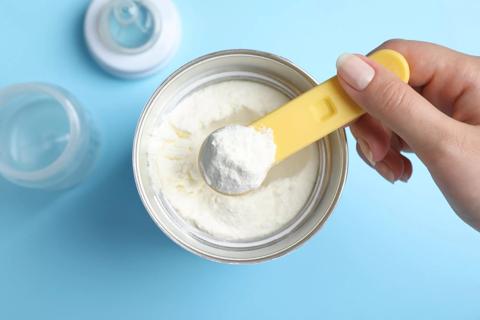
When breastfeeding doesn’t go as planned, you may need to supplement with formula or donor breast milk — and that’s OK
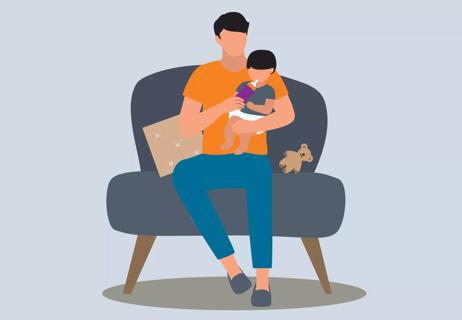
Potential issues include choking, tooth decay and ear infections
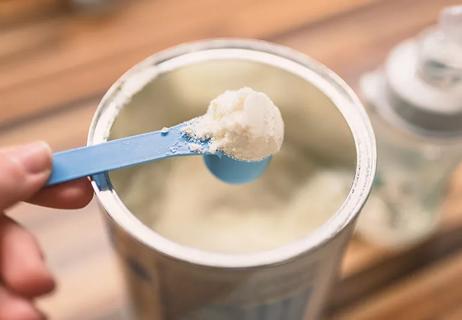
You should never make your own infant formula, and here’s why

Here's the scoop on one healthy way to feed your baby
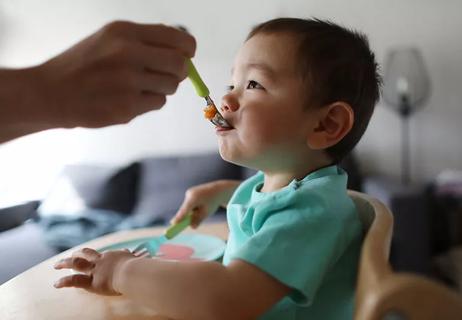
When and how to introduce solid foods into your baby's diet
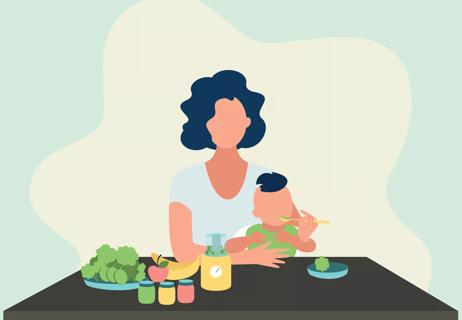
And how to wean them off formula when it’s time

A different formula may help babies with gas or other digestive problems — find out which one may be best for your baby.
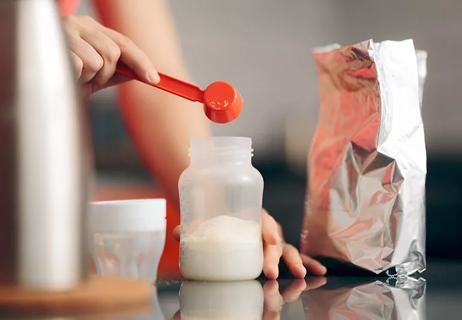
Get the 101 on formula, from preventing illness to ensuring your child gets all the nutrients

Your metabolism may torch 1,300 to 2,000 calories daily with no activity

A gentle touch in all the right places may help drain your sinuses